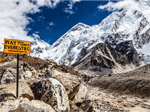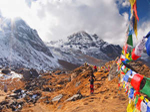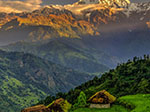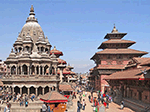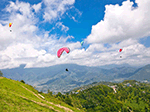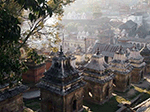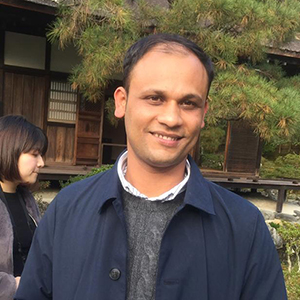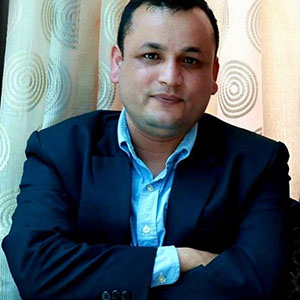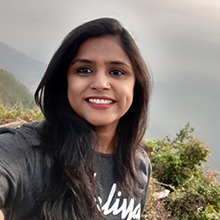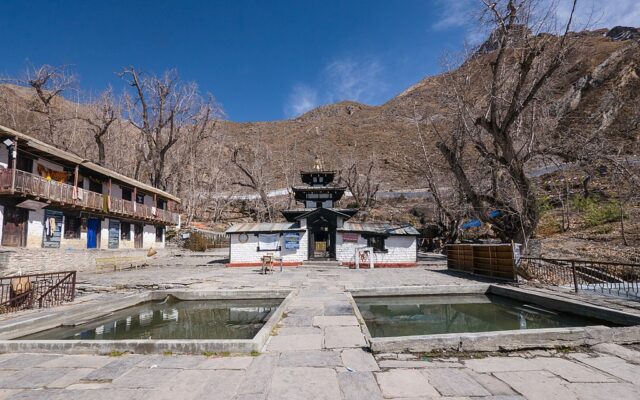
The Muktinath Temple complex lies high in the Himalayan Mountains of Nepal and at 3,800, is one of the world’s highest elevation temples. The temple is an important religious site and draws thousands of pilgrims (both Hindus and Budhist) annually. The main temple features 108 water spouts, in the bulls head shape, which are believed to have healing powers. Reaching the temples is not easy but the journey in itself is amazingly scenic and beautiful. There are a number of ways to get to Muktinath that we will review here along with the pros and cons of each option.
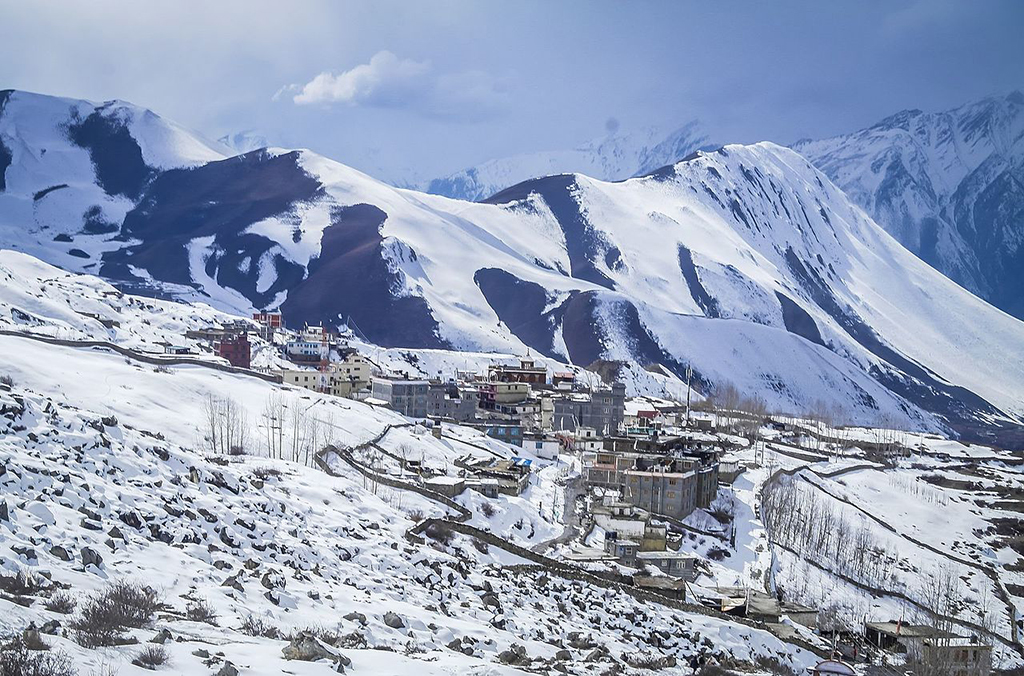
Driving Options to Muktinath
The vast majority of travelers will find it most economical to travel overland from Pokhara to Muktinath to reach the temples. Our typical tour will leave by private vehicle from Pokhara in the morning and drive to Beni (5 hours) in the southern foothills of the Himalayas. From Beni it’s a long dirt road through the Kali Gandaki Gorge to Jomsom (6 to 8 Hours).
See: Muktinath 6 Day Tour Overland
One of the highlights of this tour is the drive itself. The Kali Gandaki Gorge is one of the world’s deepest gorges separating Dhaulagiri (8,167 m or 26,795 ft) on the west and Annapurna (8,091 m or 26,545 ft) on the east. As you cross the Himalayas and approach Jomsom the landscape becomes much drier and is more comparable to Tibet. One option on this tour would be to add an extra day and break the drive into two days with an overnight at the beautiful hot springs at Tatopani (ask us about this).
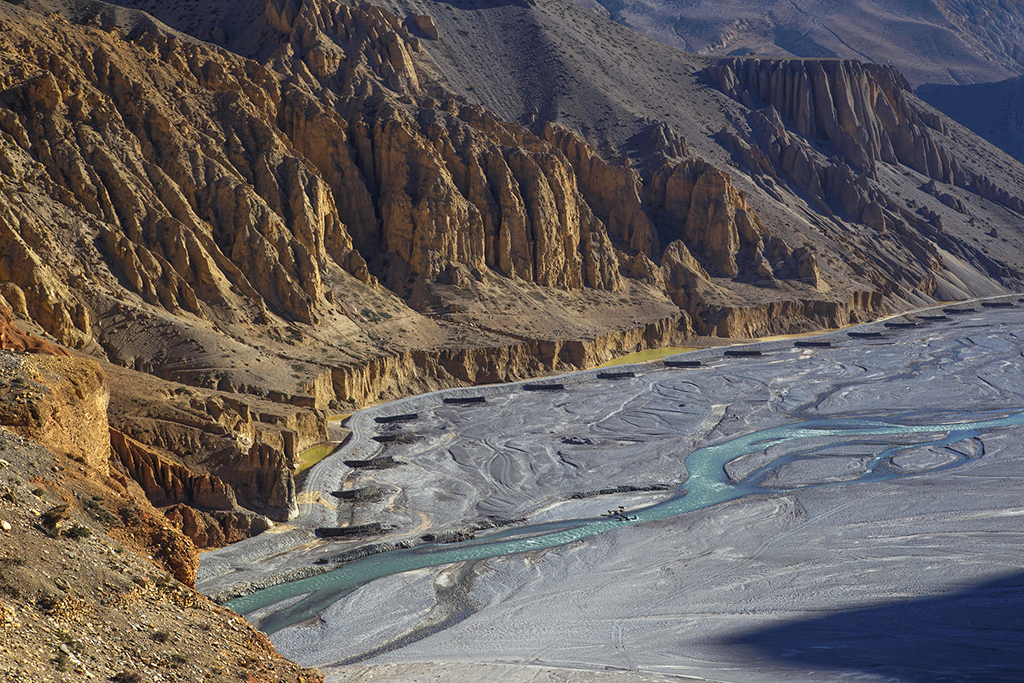
Flight Options to Muktinath
Considerable time can be saved by taking a 20 min flight from Pokhara to Jomsom. This is quite a scenic trip as the flight path follows the Kali Gandaki Gorge (the same as the driving route). One downside of the flight option is that flights are often cancelled if the weather is even slightly bad. It’s not unusual to wait for a number of hours at the airport in either Pokhara or Jomsom for the weather to be just perfect.
See: Muktinath 5 Day Tour By Flight
- Private helicopter trips can also be arranged and are the quickest way to get to Muktinath. Keep in mind that helicopters can also be delayed if the weather is bad, but they can often fly in conditions that would not be suitable for fixed wing aircraft. Taking a helicopter ride to Muktinath is an incredible experience as you will fly at a lower elevation and feel like you are almost touching the Himalayas.
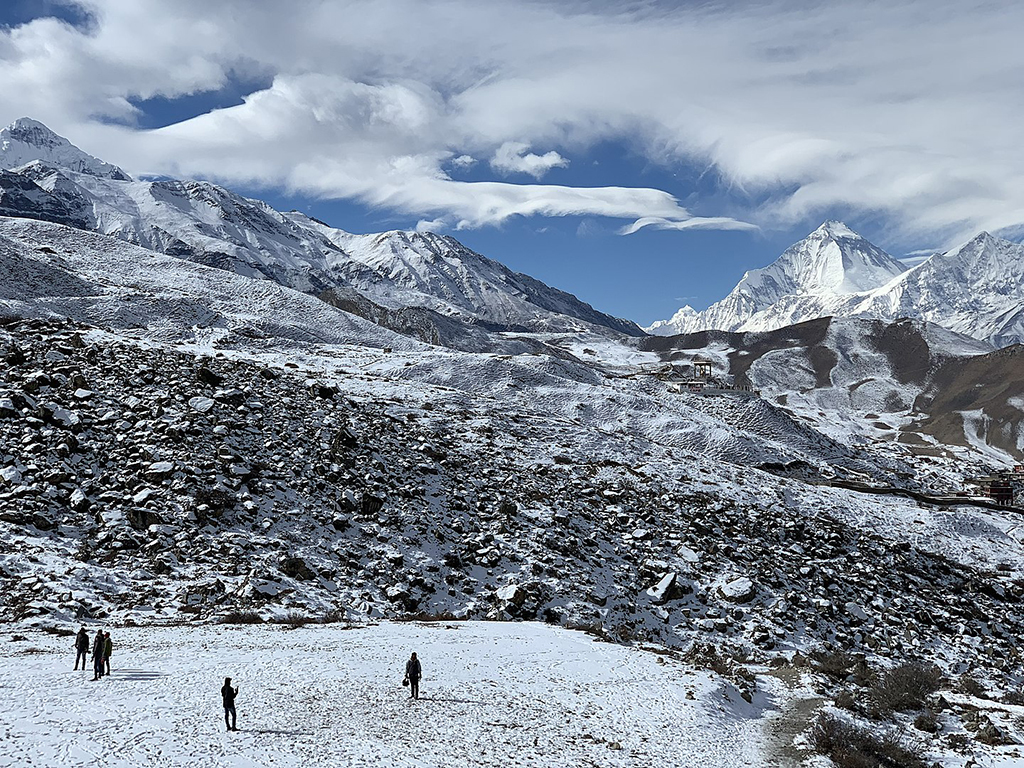
Trekking to Muktinath
Muktinath lies at the base of Thorong La Pass which is part of the world famous Annapurna Circuit. It’s possible to trek 8 or 9 days from Besisahar and end your trek at Jomsom after visiting Muktinath. It’s also possible to hike the Kali Gandaki Gorge from Beni or Tatopani to Jomsom. Most of this hike is along the road but the traffic is very light and its nice to know that you can always arrange transport if needed.
Jomsom to Muktinath
Jomsom is the largest village in the Muktinath region and many travelers will spend several nights here and visit Muktinath as a day trip. It’s about an hours drive from Jomsom to Muktinath. Ranipauwa is a smaller village that is only about 20 minutes walk from Muktinath. For those wanting to stay closer to Muktinath there are a number of tea houses in Ranipauwa.
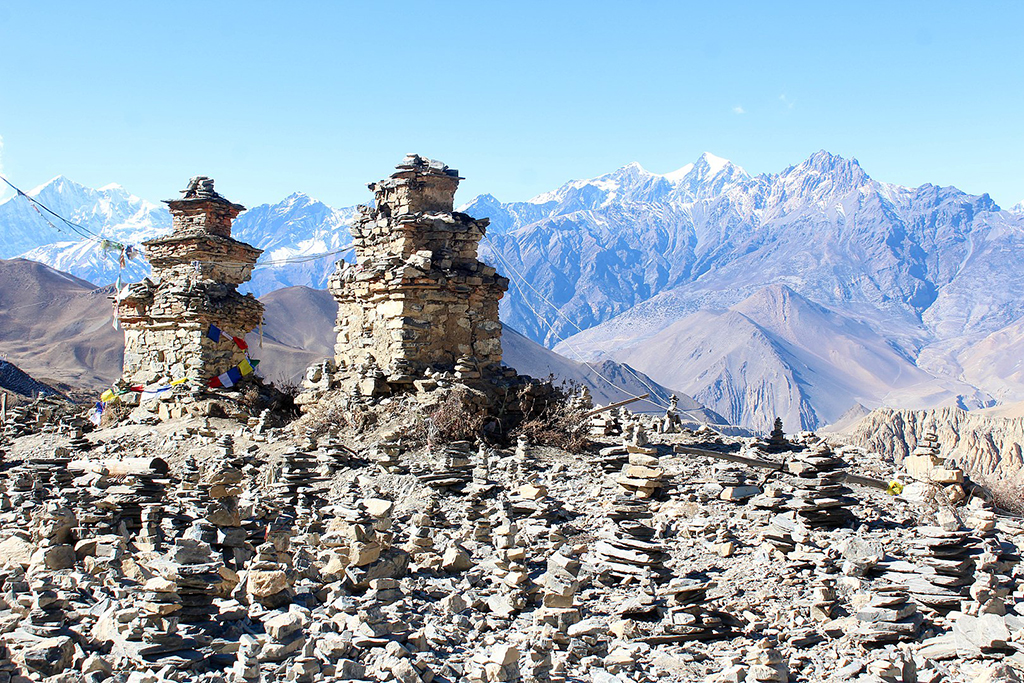
Side Trips from Jomsom/Muktinath
If you’re looking to extend your tour or explore the area in greater depth there are a number of hikes and places to visit around Jomsom. Please ask us and we will be happy to share more details on the various options.
- Kagbeni – Is perhaps one of the oldest villages in the Himalayas and famous for its mud houses. It lies between Muktinath and Jomsom near the banks of the Kali Gandaki River. Overnight stays can be arranged here and one can take a short hike to look down the river gorge and into Nepal’s Mustang district. Saligrams or fossil ammonites can be found with a bit of searching among the river stones.
- Apple Orchards of Marpha – Marpha is the village just south of Jomsom. It’s a historical village that once relied on the historical salt trade with Tibet. Today it’s known for its large apple orchards, historic mud houses, apple pie and great cider.
Muktinath Best Seasons
Muktinath lies on the north side of the Himalays and is quite dry year round due to the rain shadow effect. However, during the monsoon season from late May till early September once may have difficulty arranging flights as the weather will be poor on the Pokhara side. The best times to visit will be March to May and from September to November. Muktinath is fairly cold year round so if you’re looking for the warmest temperatures consider April and early May. It’s possible to visit during the winter months but be prepared for sub zero temperatures at night. The area around Jomsom is well known for its canyon winds that often show up later in the day as the temperatures increase.
Photo Credits: Jean-Marie Hullot
